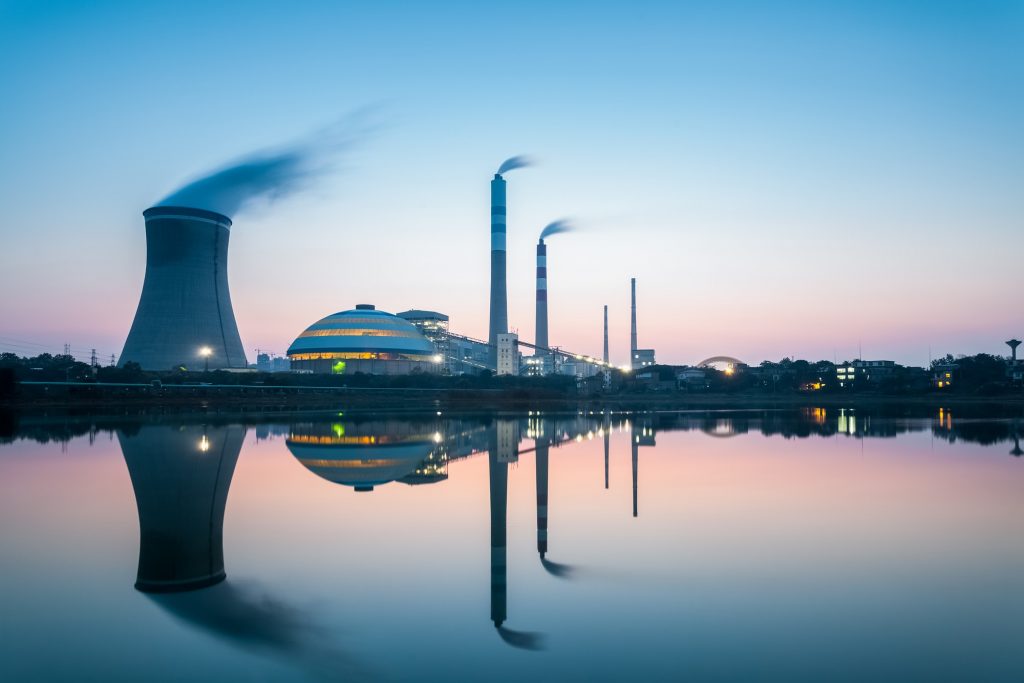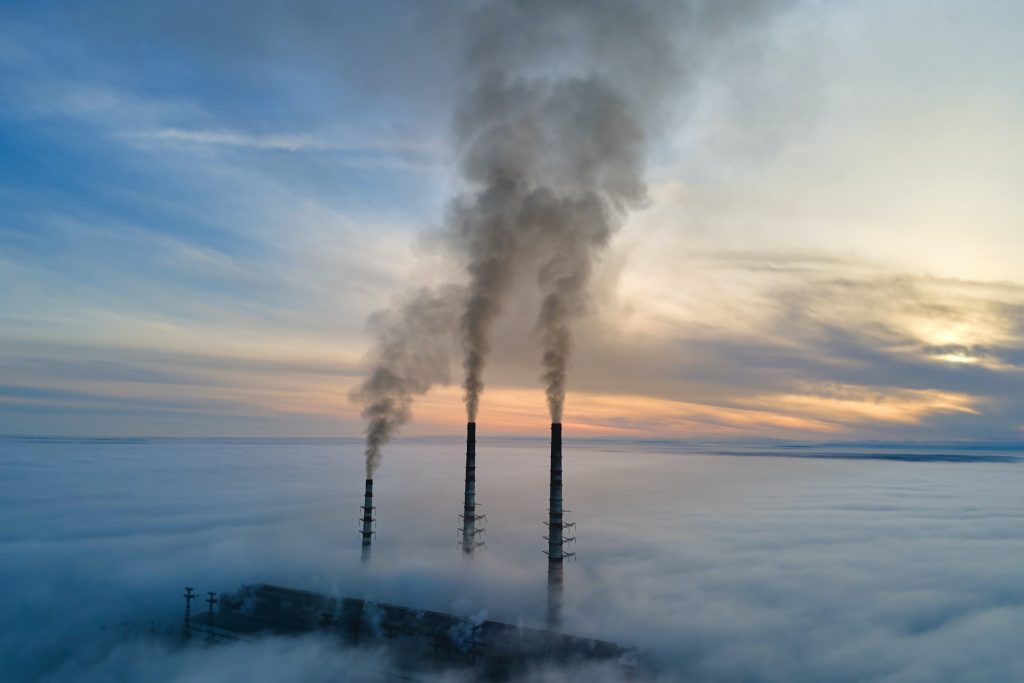Here’s our opinion on some of the major challenges that Fast Fashion firms have generated. We’ve discussed a range of statistics and recommended reading to help you learn more about clothing and its social and environmental effects.
What is Fast-Fashion?

Fast-Fashion is defined as a low-cost, trendy fashion that takes inspiration from the catwalk or celebrity culture and quickly transforms it into items at high-street stores to meet consumer demand. The goal is to get the latest fashion on the market as quickly as possible so that buyers may buy them while they’re hot and then throw them away after a few wears to hop on another trend.
It reinforces the notion that wearing the same outfit over and over is a fashion break, and that in order to be current, you must wear the most up-to-date trends as they emerge. It is an important component of the poisonous system of overproduction and demand that has made fashion one of the world’s most polluting industries.
How did fast fashion emerge?
We need to go back in time to understand how Fast-Fashion evolved. Fashion was slow before the 1800s. You had to find your own materials, such as wool or leather, prepare them, weave them, and finally sew the garments together.
New technology, such as the sewing machine, was introduced during the Industrial Revolution. Clothes became simpler, faster, and less expensive to create. Dressmaking shops were developed to meet the needs of the middle class.
Low-cost fashion peaked in the late 1990s and early 2000s. Fast-fashion companies such as H&M, Zara, and Versace have taken over the high street as a result of the rise of online shopping. These companies replicated the aesthetics and design features of high-end fashion houses fast and cheaply. It’s simple to see how the trend caught on because everyone can now shop for on-trend apparel whenever they want.
The majority of things in the fast fashion system are neither recycled nor donated, which is a concern.
Instead, they are dumped in landfills or burnt.
Every link in the Fast-Fashion chain has significant environmental and socioeconomic implications.
Because our garments can take up to 200 years to biodegrade, our planet is constantly being poisoned by more and more artificial materials
What is the environmental impact of this?

The environmental impact of fast fashion is enormous. The following are some of the ways that the industry harms the environment:
- Water usage
- Microfibers (type of fabric that is made up of tiny fibers)
- Greenhouse gases
- Deforestation
- Toxin
Water usage

- Untreated hazardous wastewater is a consequence of textile industries in nations that mass-produce fast fashion.
- So, what’s the issue? Lead, mercury, and arsenic are all toxic to aquatic and human life in this textile waste.
- Clothing manufacturing waste is thrown directly into rivers.
- The health of wildlife and people living along the river’s banks is harmed by the harmful water. It finally makes its way to the sea, where it pollutes it as well.
- Dyeing and finishing one ton of fabric can require up to 200 tons of fresh water.
- According to Extinction Rebellion and the United Nations, 3.6 billion people (almost half of the world’s population) face water shortages at some point during the year.
Also Read 20 Best Foods to Control Diabetes 9 Apps that offer discounts on medicines Protection Of Women Under Indian Constitution
Microfibers

- How can something so small be such a big deal? Microfibres and micro plastics are a major contributor to the fashion industry’s problems.
- Microfibres are tiny plastic particles that break loose from synthetic fabrics like polyester and nylon when they’re washed.
- Approximately 700,000 microfibres are shed per wash.
- These are ingested by aquatic animals, which are then consumed by fish, who are then consumed by humans! These low-cost garments are one of the sources of plastic in our food supply.
Greenhouse gases

- If the demand for fast fashion continues to expand at its current rate, the overall carbon footprint of our clothing might reach 26% by 2050, according to The Ethical Consumer and Greenpeace’s Journal, ‘Unearthed’.
- Here are some of the reasons for this:
- It takes a lot of energy to produce, manufacture, and transport the millions of clothing made each year.
- The synthetic fibres used in the majority of our clothing are derived from fossil fuels.
- The countries that make the majority of our clothing are China, Bangladesh, and India.
They are nearly exclusively powered by coal.
Deforestation

- We need good soil and healthy trees to create food on this world. Both absorb CO2, making them crucial in the fight against global warming.
- Another issue with the fast fashion industry is that it has a negative impact on soil, woodland, and our entire ecosystems.
- Wool-producing goats and sheep are overgrazed in pastures. Soil erosion, land degradation, the extinction of valuable plant species, food shortages, and starvation are all consequences of overgrazing.
- Chemicals used in the manufacture of textiles such as cotton destroy the soil.
- Wood-based fibers, such as rayon and viscose, contribute to widespread deforestation.
- Every year, tens of thousands of hectares of endangered and old rainforests are felled. Plantations of trees used to create wood-based fabrics have taken their place.
- This has a significant negative impact on the indigenous population.
Toxins
- Every stage of textile production and manufacture contains a large number of chemicals.
- They are still present when we shop for and wear clothing! This is true even for clothes made entirely of natural fibers.”
- All of these artificial compounds are absorbed through our skin, putting our health at risk.
- The Detox campaign by Greenpeace discovered that there are 11 compounds in clothing that have been detected in the production that has been linked to the occurrence of disrupted hormones and cancer-causing.
- According to other studies, substances identified in children’s pyjamas can be present in their urine for up to five days, after they’d just worn the jammies for one night.
Human rights
- We’ve concentrated on environmental elements. Another reason why fast fashion is unethical is the working conditions of garment workers. In fact, it’s cruel.
- Long working hours, low pay below the living wage, and unsafe working conditions are only a few of the problems that garment factory workers endure.
What now?
- According to the Global Fashion Agenda Pulse Report, in 2019, 75% of consumers considered fashion sustainability as important or extremely essential, with mentions of sustainability on social media growing at a third faster than overall social media growth between 2015 and 2018.
- According to Jenna Flood, society’s attitude toward Sustainable Fashion will not only expand and change for the better in the future, but will also become a must for brands and consumers.
- It is ultimately up to each individual to discover a method to be more sustainable and to link their purchasing power to a value with which they are satisfied.
- There are numerous ways to embrace sustainable fashion, whether one’s principles include veganism, buying locally, transparent supplier chains, or preloved garments.
- Begin with a little modification and watch it evolve into a daily, significant habit.


